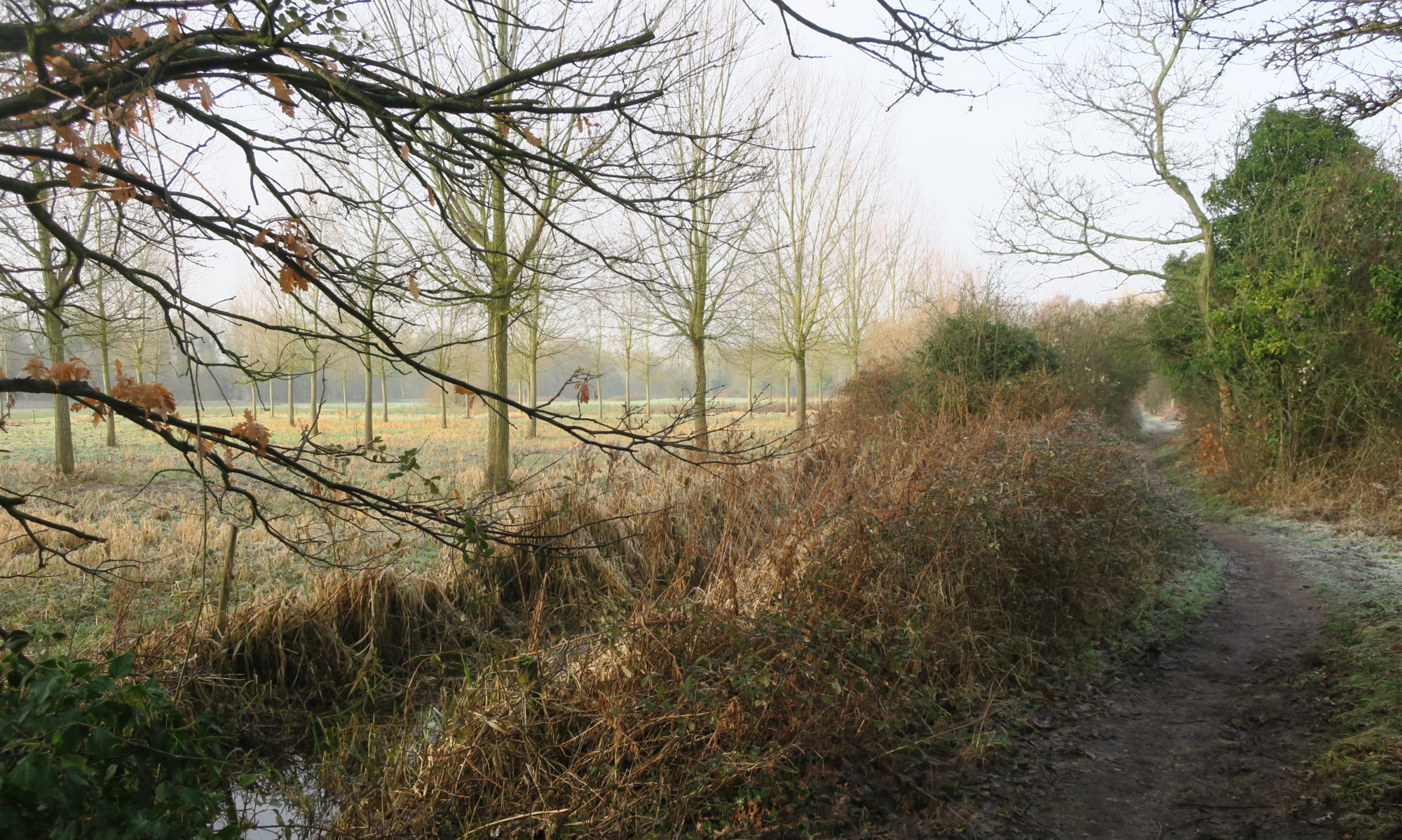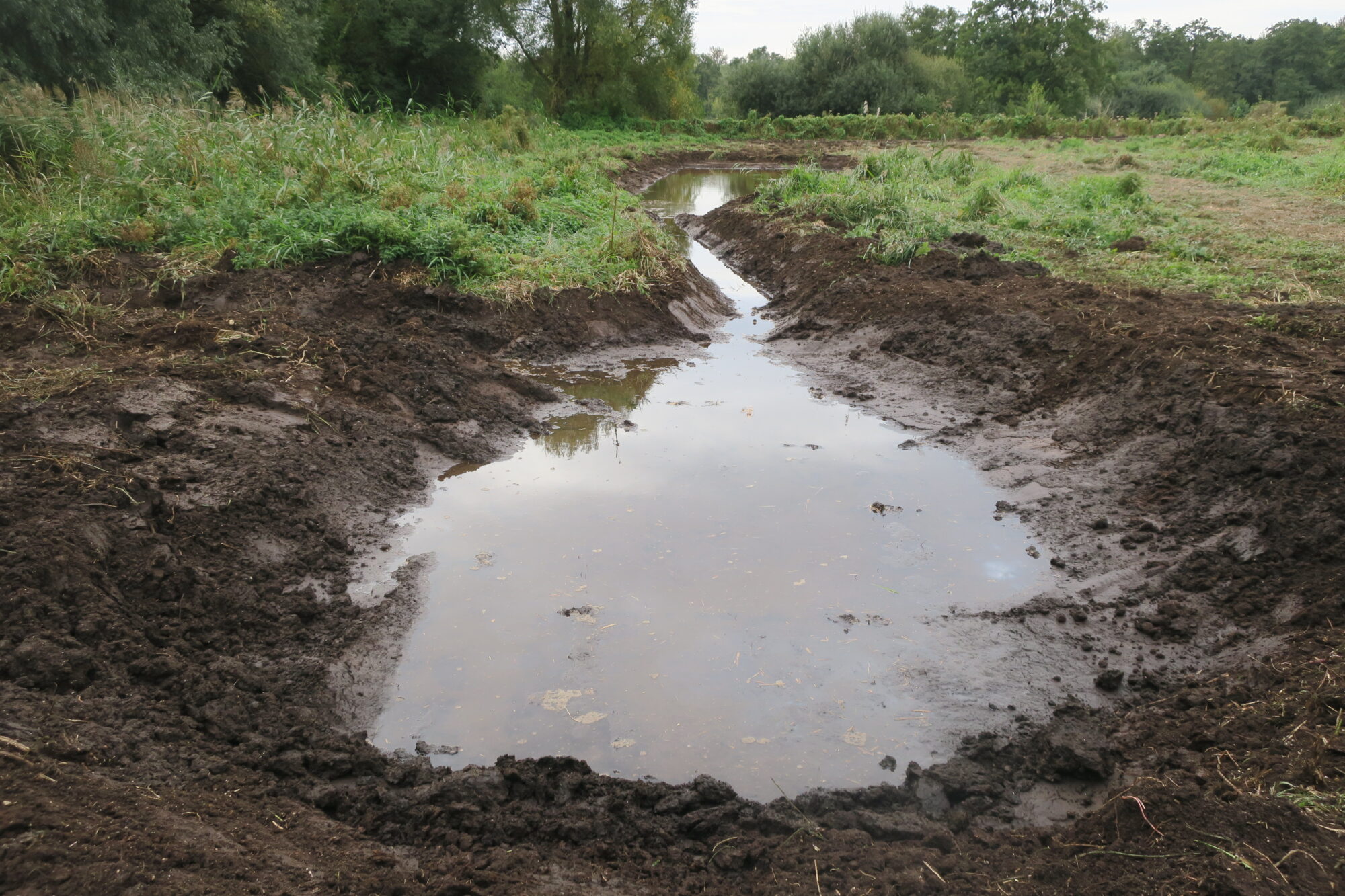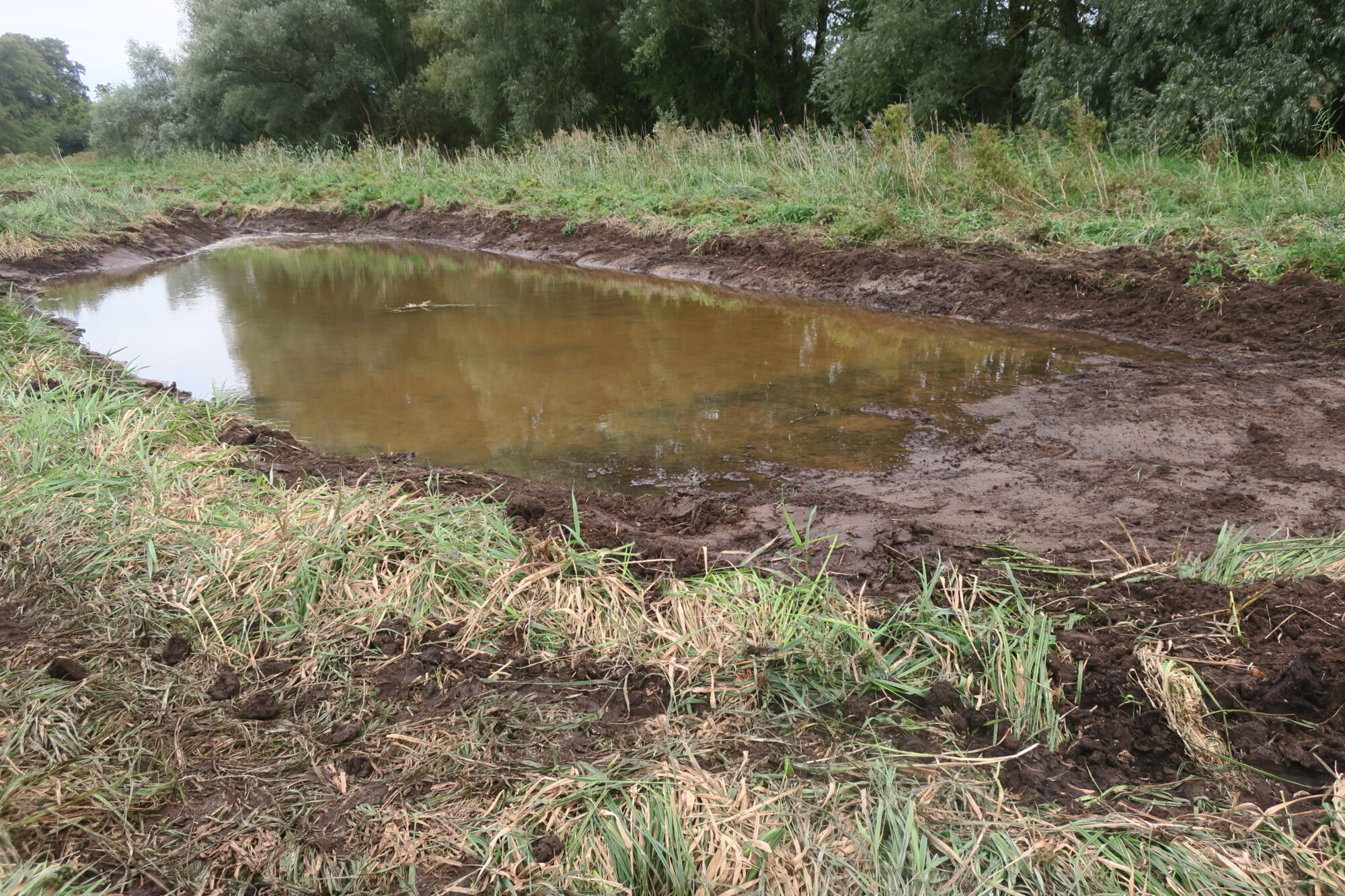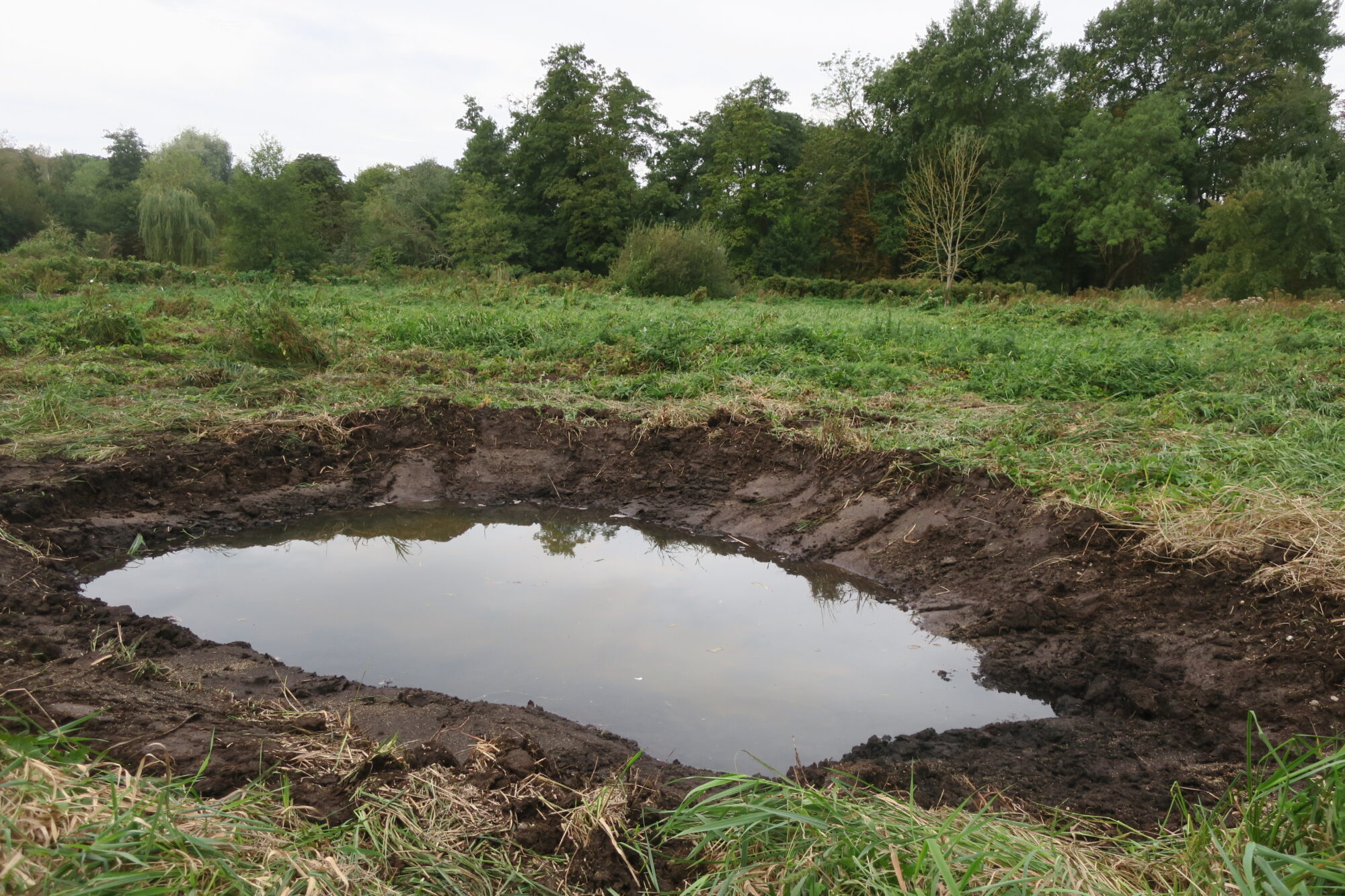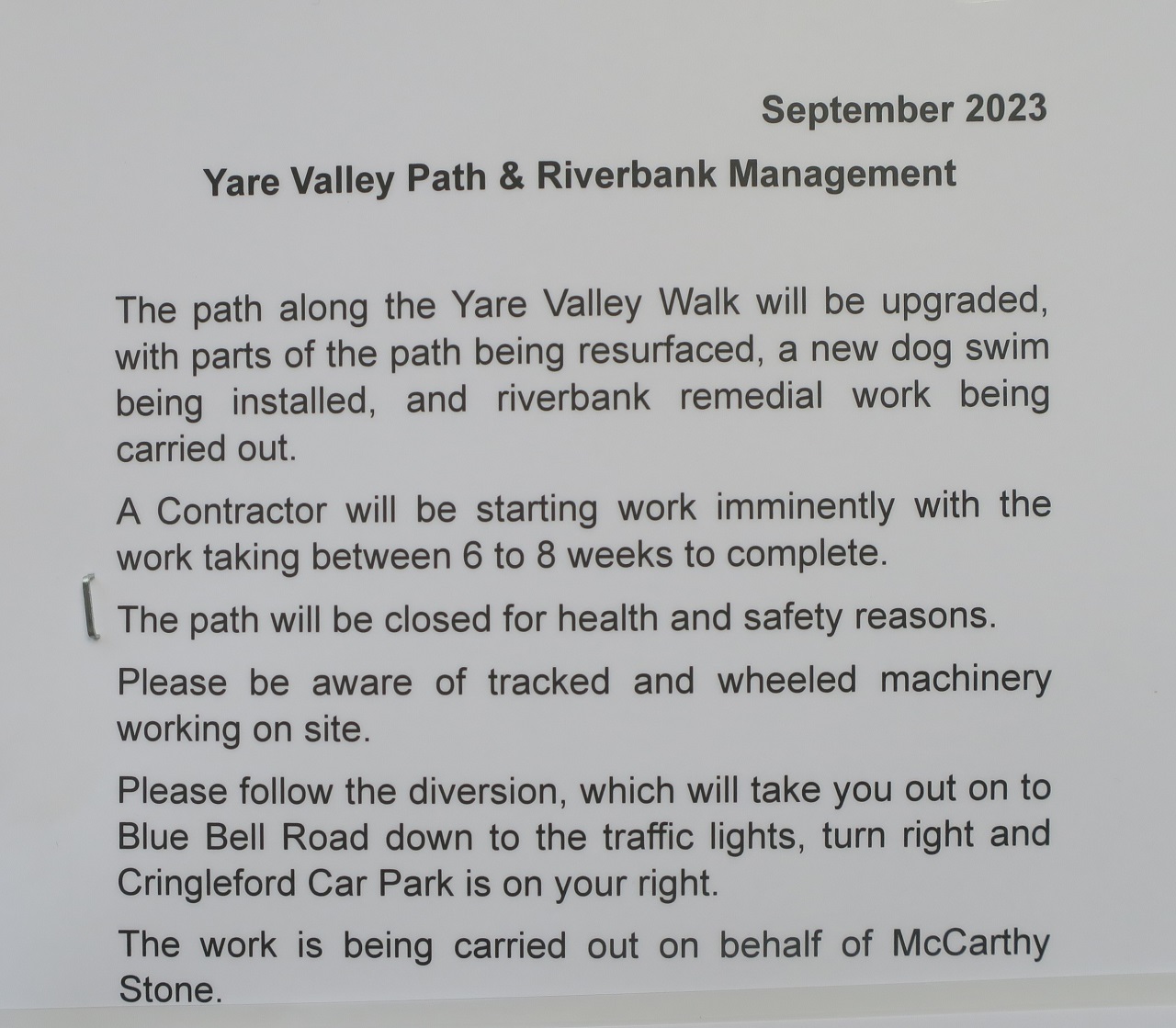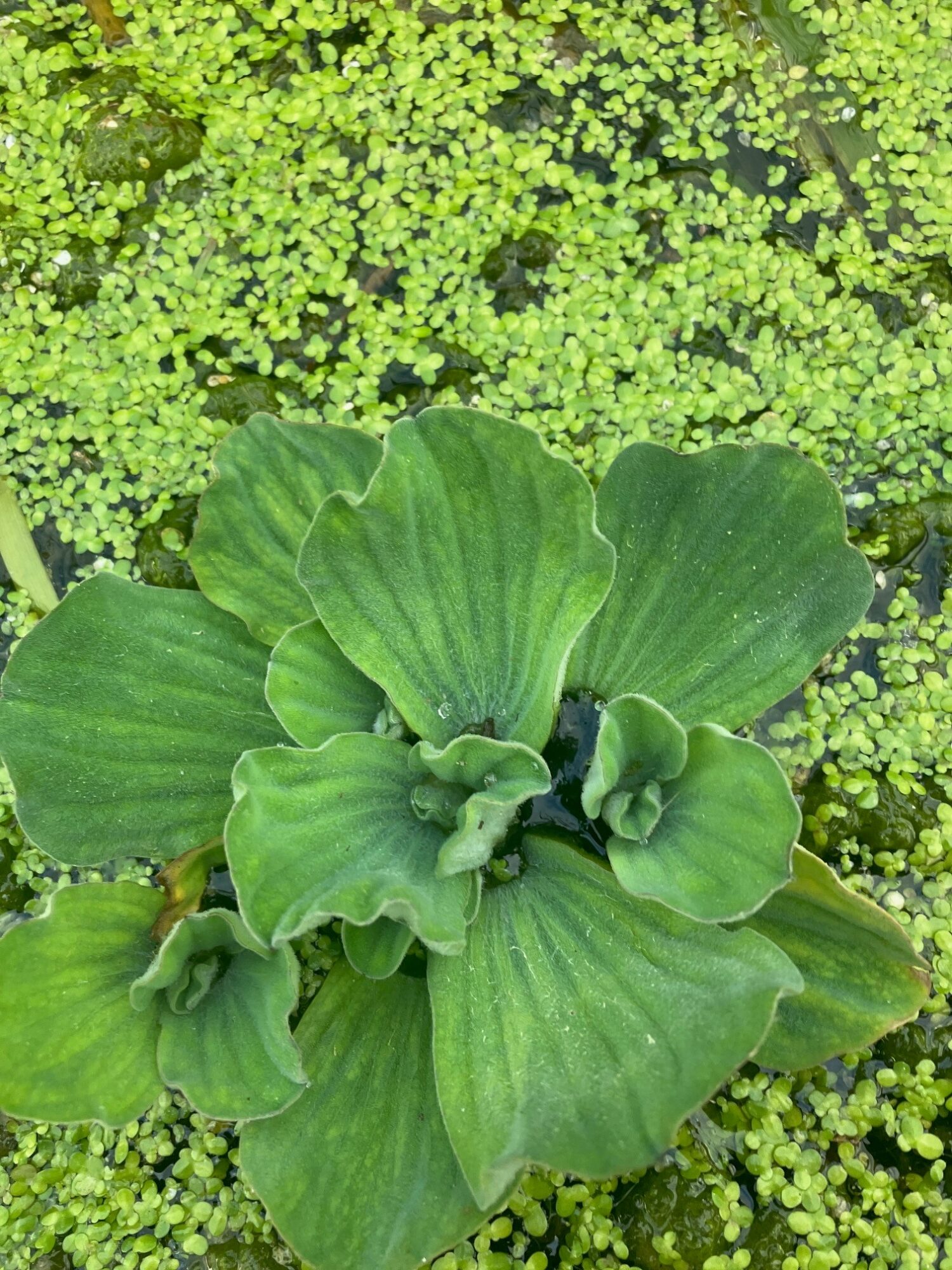Mark Webster of The Conservation Volunteers (TCV) writes:
“Here is our November programme for conservation volunteering activities, and it’s an exciting one! Of course, they are all exciting in their way, but this month sees us go to FOUR brand new sites! We are creating a new wildflower meadow near the village hall in Upton, building a “dead hedge” (fence from natural materials) in Wymondham, rejuvenating a woodland in Sprowston, and starting work on a new area in Rouen Road in the centre of Norwich. Creating new wildflower meadows is a bit of a theme this month, as we are also planting seeds and bulbs at Horsford, Earlham Cemetery and in Wensum Park. A number of students have been asking me about our Volunteer Officer programme (internships). If anyone is able to spend a few months with us (could be full or part-time, we are very flexible) they can learn everything that they need to know to get a paid job in nature conservation. … “
More details of internships and the programme are here.
